
Fighting the insect apocalypse with hotels, flowers and dead trees
The news is full of stories about how the world’s insects are disappearing, whether from pollution, climate change, habitat losses or a combination of all three. But there are simple measures that people can use to fight back.
Insects may be as bothersome as mosquitoes or as wonderous as honey bees, but whether small and troublesome or big and useful, insects across the globe are in trouble.
In recognition of alarming reports worldwide, Norwegian authorities last summer put into place a National Pollinator Strategy to monitor Norway’s insect populations.
But the average person can also do something about insect decline, experts say, even if they don’t have a big back yard or a farm at their disposal.
These actions can be as simple as making certain you don’t remove all dead wood from your yard, or something a little more involved, like building or buying an insect hotel.
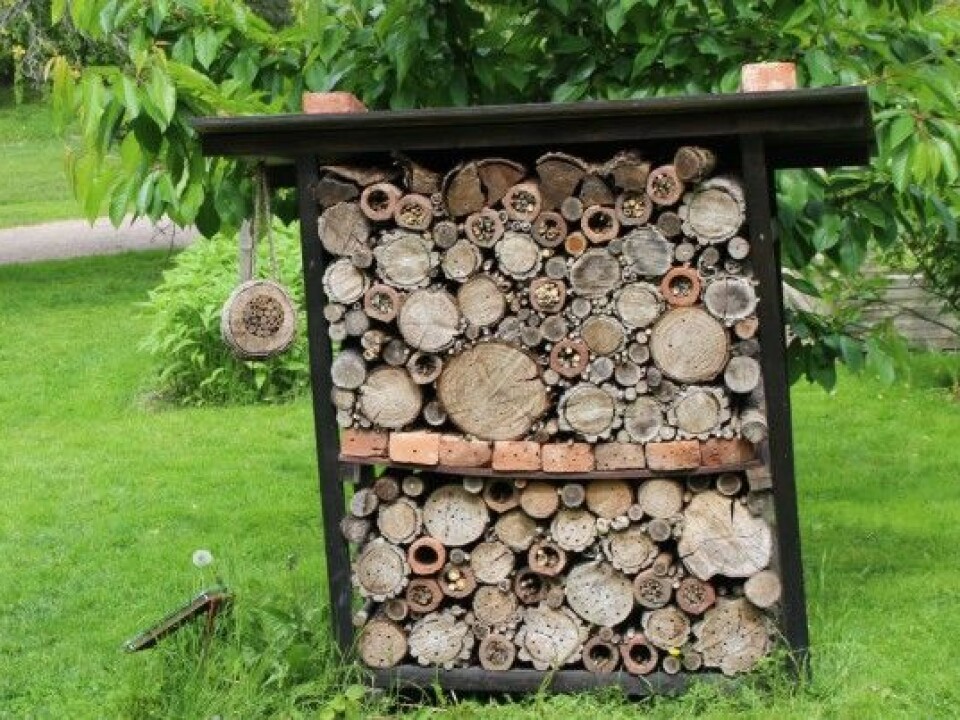
Researchers from the University of Oslo Natural History Museum and employees from the University of Oslo’s Botanical Garden have some suggestions for actions that can help.
Insect hotel for larvae and eggs
An insect hotel may sound like an odd concept, but at its most basic, this kind of structure provides protection for insect eggs and larvae.
Hallvard Elven, an entomologist at the University of Oslo’s Natural History Museum, says the most important feature of an insect hotel is that it offers lots of different-sized holes.
“The holes should be between 1 mm and I cm in diameter,” he says. “That makes the hotel attractive for different insect species.”

He says if you make this structure yourself, you have to make sure that the holes don’t go all the way through — there should only be an opening in the front.
Find a sunny place
The insect hotel should be hung on a sunny wall or placed somewhere in your garden where it is good and warm during the daytime, and with flowers nearby.
The hotel should have some kind of netting to prevent birds from eating the inhabitants.
Other than that, you don’t need to do anything. In fact, you want to leave your insect hotel alone for the autumn and winter because the next generation of insects will climb out of their chambers during the following spring.

“An insect hotel is primarily a place where wild bees and digger wasps, both of which are typically solitary, can nest. In nature these insects often have nests in hollow reeds or cavities in wood. For example, they use the chambers left in tree trunks by boring beetles,” says Elven.
The hotel's cavities and entrances are visited by bees and digger wasps that pack food into the cavity, often in a row and inwards into the ‘tunnel’. The bees make food packs of pollen and nectar, while digger wasps use insects.
Females then lay an egg inside this food package. When the female is done, she crawls out and plugs the opening with clay, sawdust or wax. And that’s it. Eventually, the egg turns into a caterpillar, which feasts on the food that was left by the female.
During the summer or fall, this insect will pupate, still inside the hotel's cavity. After a long and cold winter, when the sun is warm and the first flowers come out, the new insect emerges.
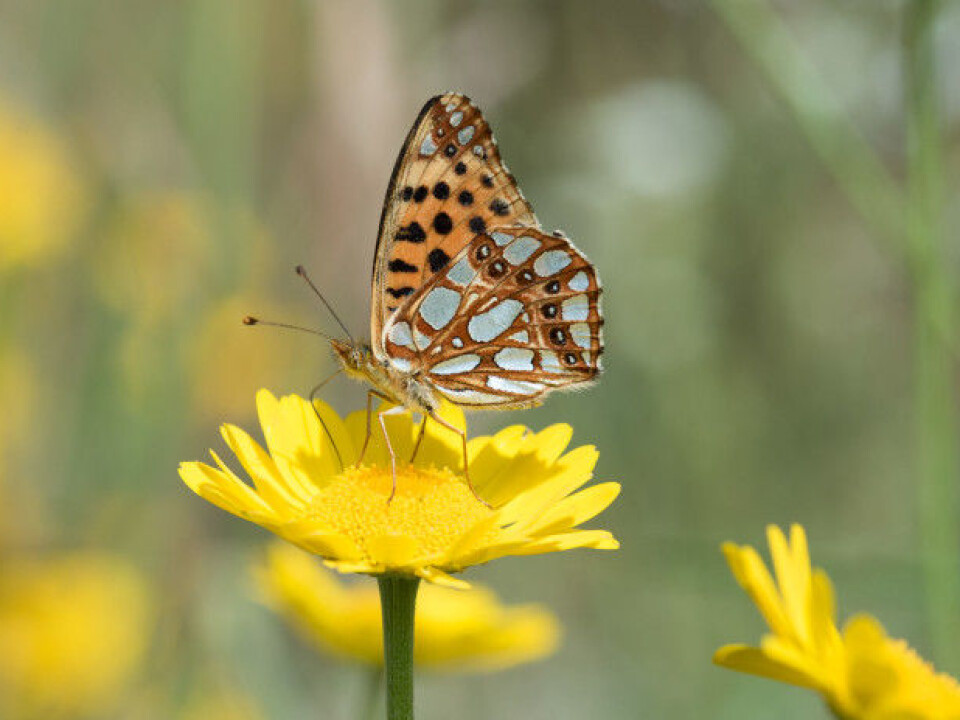
Elven says there isn’t much research documenting the utility of insect hotels, but that he is working on setting up a study.
Provide blooms throughout the season
Another action you can take, if you have a yard, is to plant flowers and shrubs that bloom throughout the growing season, says botanist and museum lecturer Kristina Bjureke.
“Some insect species prefer open flowers where they can easily access the pollen. Others specialize in drinking nectar and have long tongues that can fit into deep, narrow flower tubes. Different varieties of plants and pollinating insects are adapted to each other over time and are mutually dependent on each other,” Bjureke says.
Bjureke has helped to develop specific plant lists for Norwegian gardeners so they know which plants are best for different insects. The website, in Norwegian, is at blomstermeny.no.
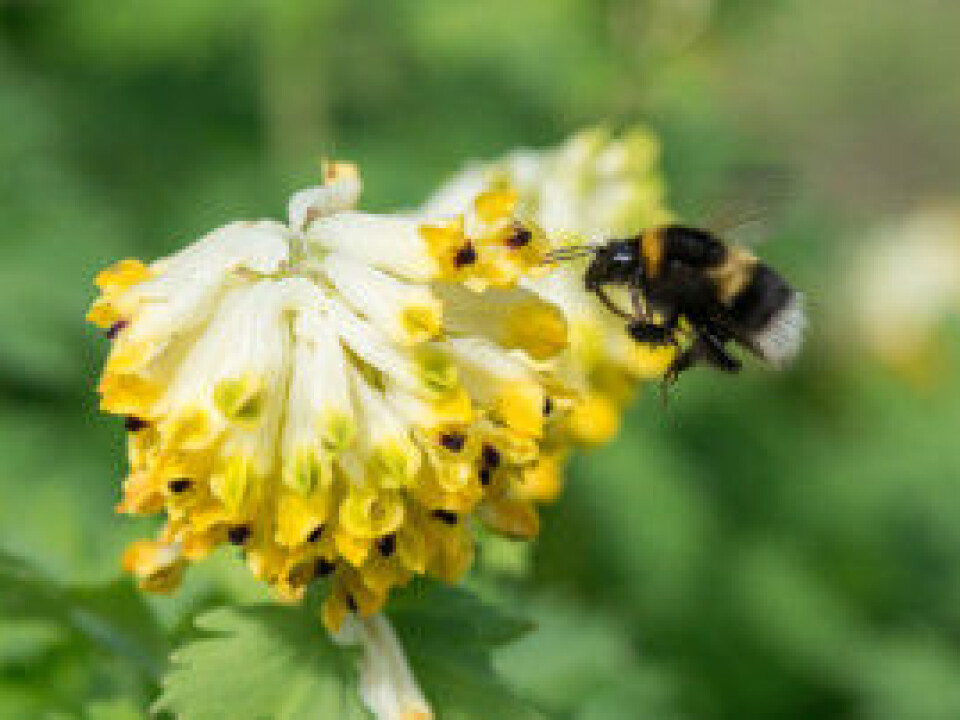
Flowers that provide both pollen and nectar are especially important, Elven said.
“Bees and bumblebees need both pollen and nectar,” he says. In addition to his research, he has also collaborated with Bjureke on different projects to preserve threatened habitats and inform the public about the value of the interaction between insects and flowers.
“Adult bees and bumblebees use nectar as fuel, while the larvae need pollen and nectar to grow. Other important pollinators are butterflies, which eat nectar, and beetles, which mainly eat pollen,” Elven says.
Protect meadows, old trees
One of the reasons that insects are disappearing is that meadows rich with native flowers are in increasingly short supply.
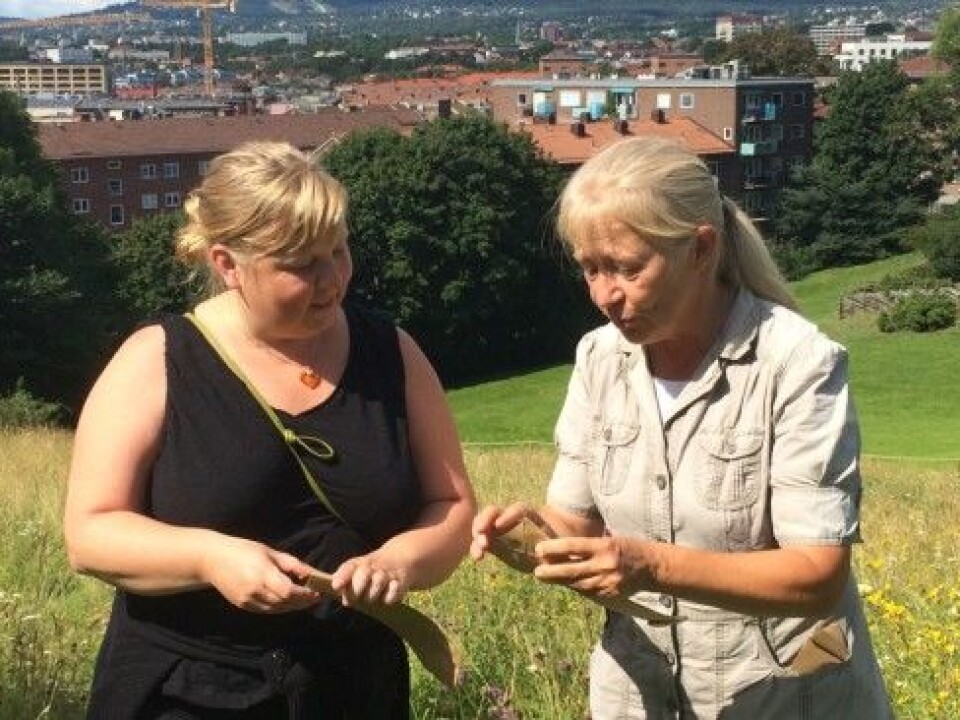
“A perfect lawn is of no interest to insects. Flower beds and pots with garden centre plants can help some species, but native meadow plants help many species,” Elven said.
Open sandy soil, old trees and dead tree trunks are also some of the most important habitat for insects, he adds. Death and decay, in fact, mean new life in the world of insects.
Many bees nest in sandy soil, but this soil is disappearing underneath trees and shrubs as meadows are overgrown, Elven said.
“That prevents bees from getting access to the sandy soil they need for nesting. This is one of the reasons why there are fewer bees,” he said.
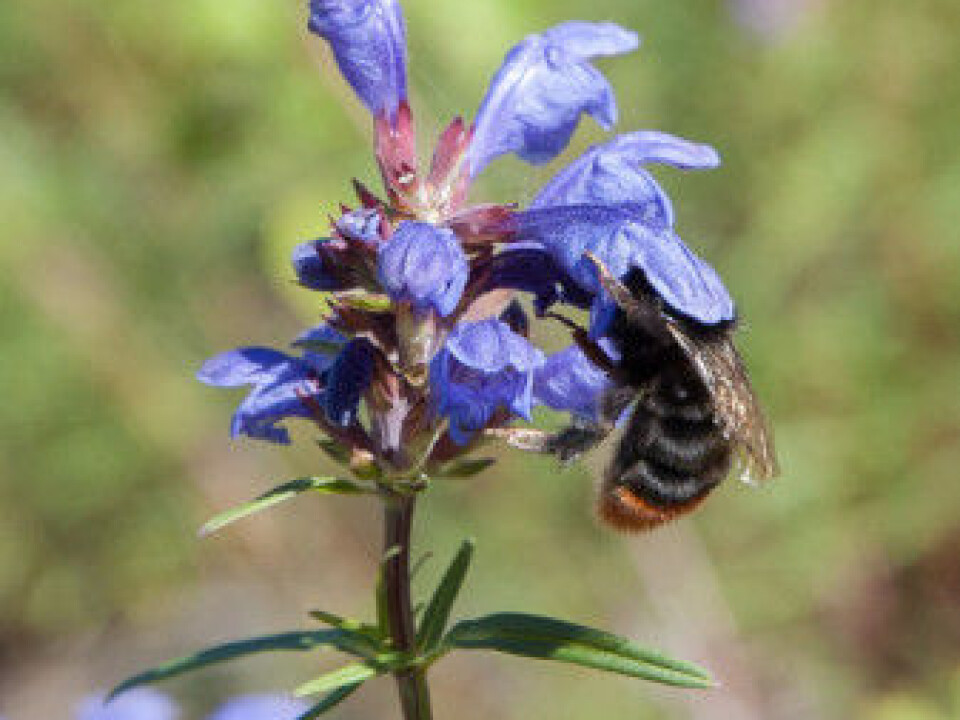
Old, sick and dead trees are also important sites for a variety of insects and fungal species.
“For insects, an ordinary tree is more exciting after it is dead than while it is growing. Insects can live in a dead tree, and there are biotopes for hundreds of species,” he said.
----------
Read the Norwegian version of this article at forskning.no






























